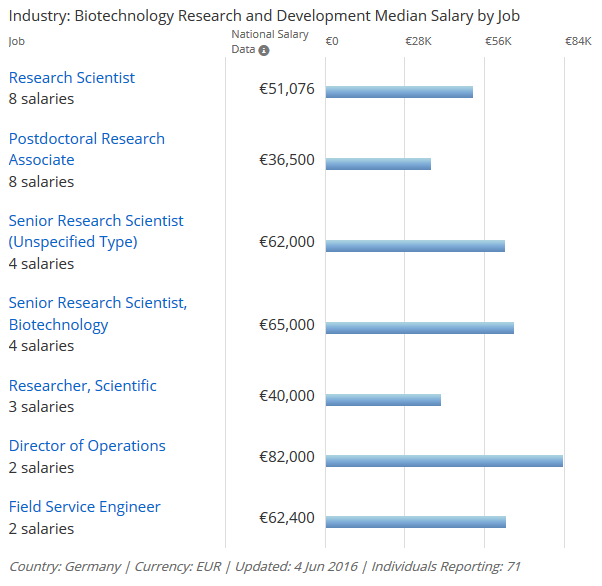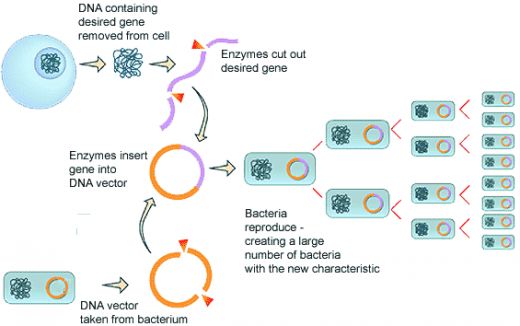Living cells are capable of performing complex computations on the environmental signals they encounter.
These computations can be continuous, or analogue, in nature -- the
way eyes adjust to gradual changes in the light levels. They can also be
digital, involving simple on or off processes, such as a cell's
initiation of its own death.
Synthetic biological systems, in contrast, have tended to focus on
either analogue or digital processing, limiting the range of
applications for which they can be used.
But now a team of researchers at MIT has developed a technique to
integrate both analogue and digital computation in living cells,
allowing them to form gene circuits capable of carrying out complex
processing operations.
The synthetic circuits, presented in a paper published in the journal Nature Communications,
are capable of measuring the level of an analogue input, such as a
particular chemical relevant to a disease, and deciding whether the
level is in the right range to turn on an output, such as a drug that
treats the disease.
In this way they act like electronic devices known as comparators,
which take analogue input signals and convert them into a digital
output, according to Timothy Lu, an associate professor of electrical
engineering and computer science and of biological engineering, and head
of the Synthetic Biology Group at MIT's Research Laboratory of
Electronics, who led the research alongside former microbiology PhD
student Jacob Rubens.
"Most of the work in synthetic biology has focused on the digital
approach, because [digital systems] are much easier to program," Lu
says.
However, since digital systems are based on a simple binary output
such as 0 or 1, performing complex computational operations requires the
use of a large number of parts, which is difficult to achieve in
synthetic biological systems.
"Digital is basically a way of computing in which you get
intelligence out of very simple parts, because each part only does a
very simple thing, but when you put them all together you get something
that is very smart," Lu says. "But that requires you to be able to put
many of these parts together, and the challenge in biology, at least
currently, is that you can't assemble billions of transistors like you
can on a piece of silicon," he says.
The mixed signal device the researchers have developed is based on
multiple elements. A threshold module consists of a sensor that detects
analogue levels of a particular chemical.
This threshold module controls the expression of the second
component, a recombinase gene, which can in turn switch on or off a
segment of DNA by inverting it, thereby converting it into a digital
output.
If the concentration of the chemical reaches a certain level, the
threshold module expresses the recombinase gene, causing it to flip the
DNA segment. This DNA segment itself contains a gene or gene-regulatory
element that then alters the expression of a desired output.
"So this is how we take an analogue input, such as a concentration of
a chemical, and convert it into a 0 or 1 signal," Lu says. "And once
that is done, and you have a piece of DNA that can be flipped upside
down, then you can put together any of those pieces of DNA to perform
digital computing," he says.
The team has already built an analogue-to-digital converter circuit
that implements ternary logic, a device that will only switch on in
response to either a high or low concentration range of an input, and
which is capable of producing two different outputs.
In the future, the circuit could be used to detect glucose levels in
the blood and respond in one of three ways depending on the
concentration, he says.
"If the glucose level was too high you might want your cells to
produce insulin, if the glucose was too low you might want them to make
glucagon, and if it was in the middle you wouldn't want them to do
anything," he says.
Similar analogue-to-digital converter circuits could also be used to
detect a variety of chemicals, simply by changing the sensor, Lu says.
The researchers are investigating the idea of using
analogue-to-digital converters to detect levels of inflammation in the
gut caused by inflammatory bowel disease, for example, and releasing
different amounts of a drug in response.
Immune cells used in cancer treatment could also be engineered to
detect different environmental inputs, such as oxygen or tumor lysis
levels, and vary their therapeutic activity in response.
Other research groups are also interested in using the devices for
environmental applications, such as engineering cells that detect
concentrations of water pollutants, Lu says.
The research team recently created a spinout company, called
Synlogic, which is now attempting to use simple versions of the circuits
to engineer probiotic bacteria that can treat diseases in the gut.
The company hopes to begin clinical trials of these bacteria-based treatments within the next 12 months.
















